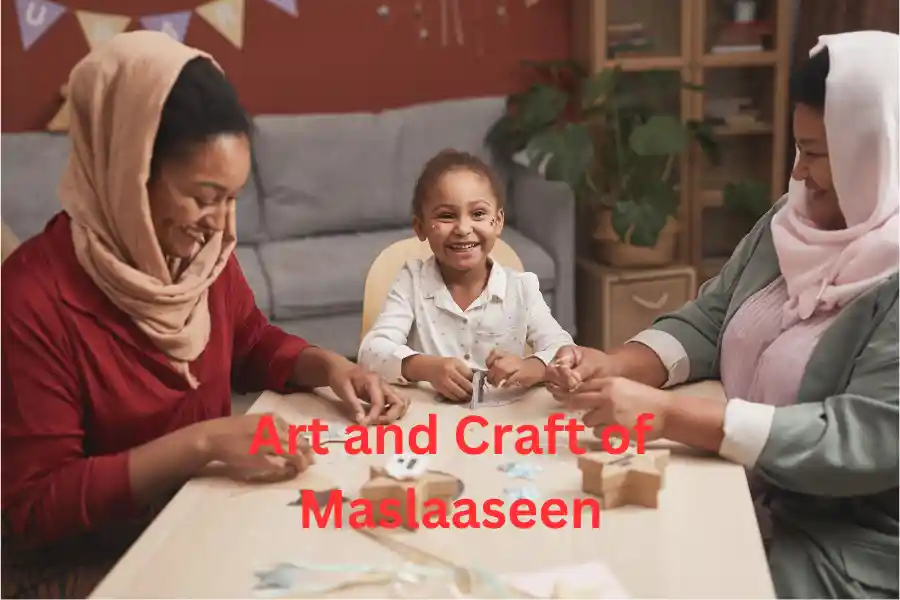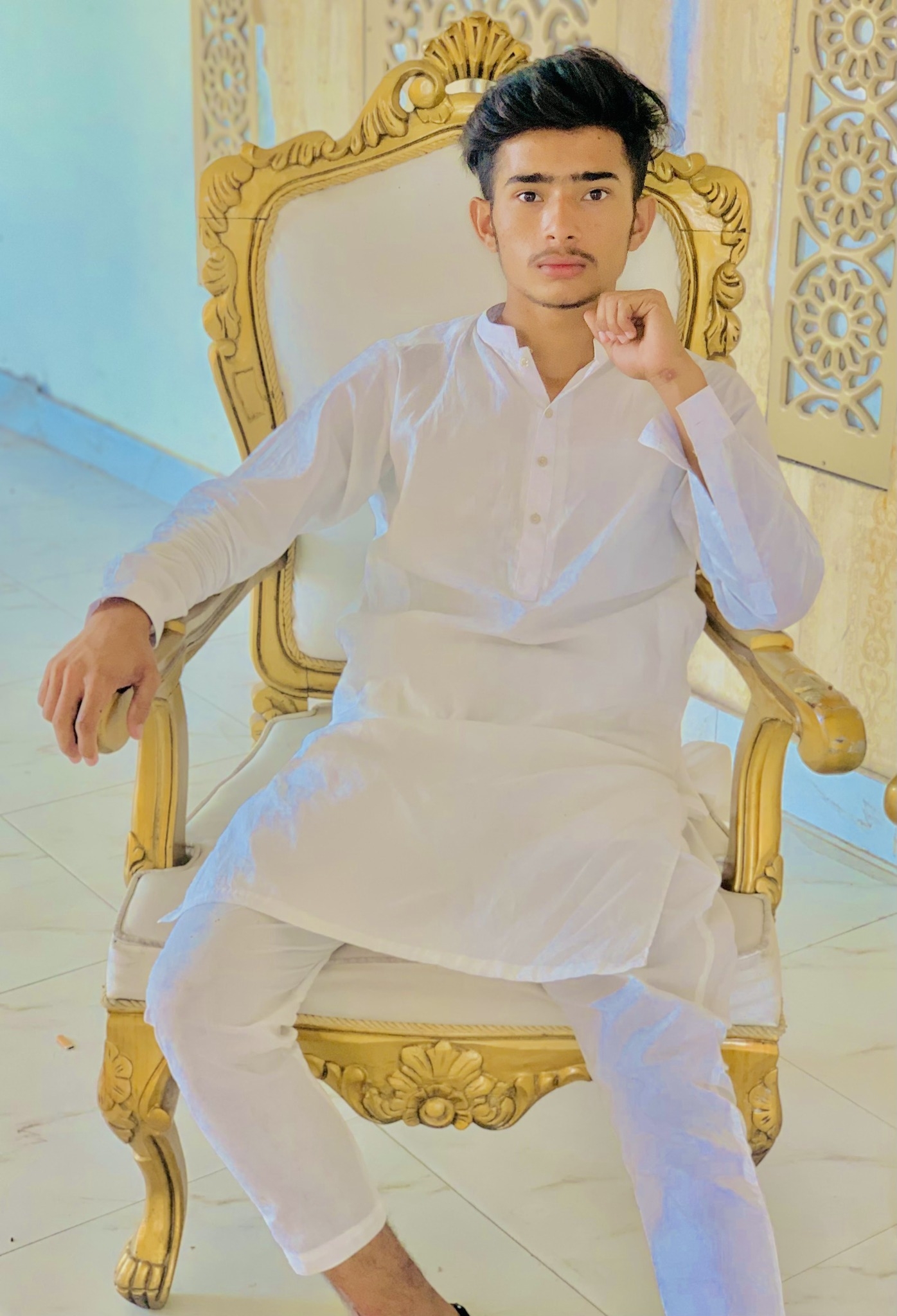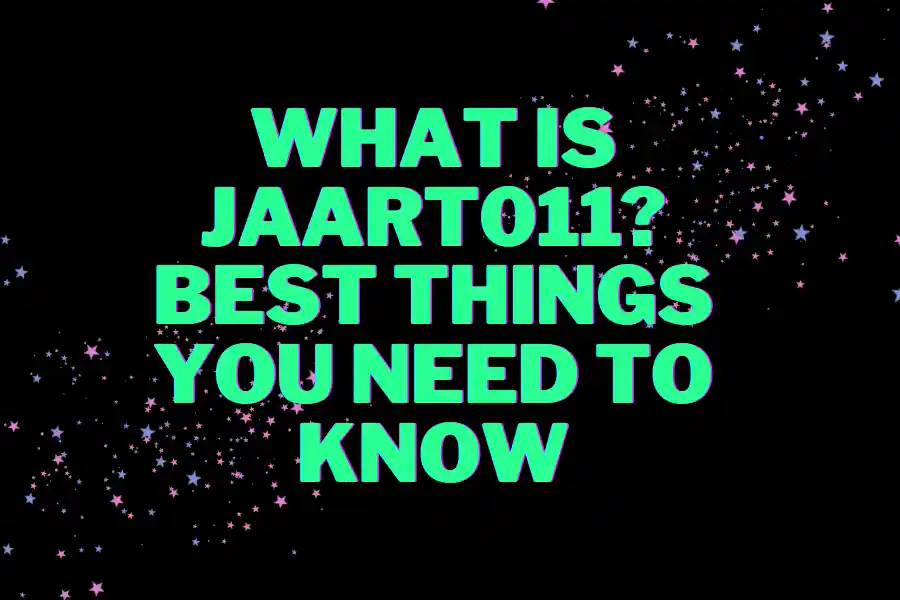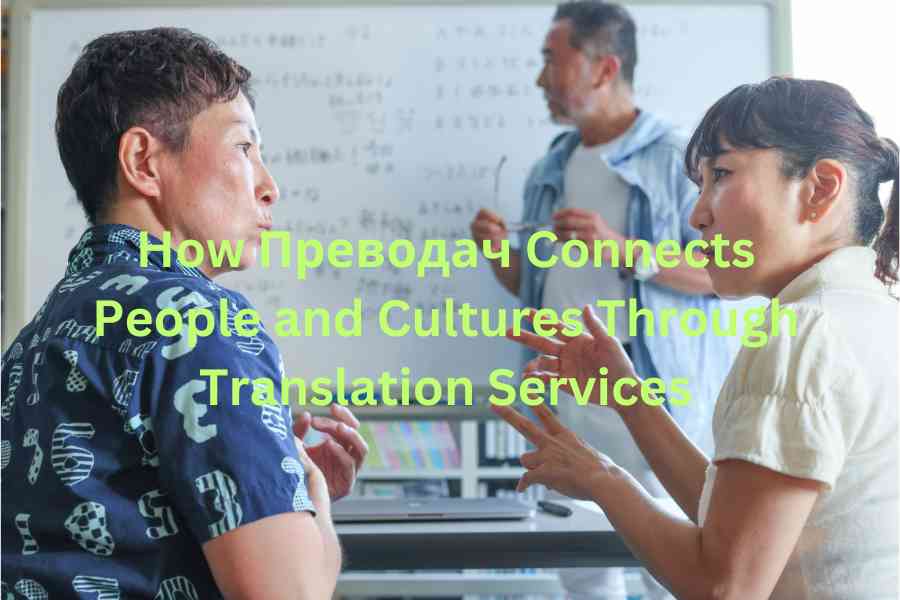Welcome to our exciting journey through the wonders of a really old tradition! We call it “Maslaaseen Marvels.” We will look into the fascinating details that are concealed within the Maslaaseen heritage in this blog. The word “maslaaseen” is unique to us and will guide us across all the interesting features of this age-old custom.
It’s like embarking on a journey where the past and present collide, and we are able to see how a wonderful thing from the past may still be amazing now. Prepare yourself for an exciting and fascinating voyage!
Join us as we explore the fascinating legends maslaaseen and customs that have been handed down through the ages.
The Origins of Maslaaseen
Maslaaseen, a traditional form of jewelry and metalwork originating from the Indian subcontinent, boasts intricate designs and a rich history dating back to the ancient Indus Valley Civilization in present-day Pakistan around 3300 BCE. Influenced by Islamic artisans in the 7th century CE and flourishing under the Mughal Empire in the 16th century, Maslaaseen diversified into regional styles, such as the enamel and gemstone-infused pieces from Hyderabad, India, and the filigree work in Lahore, Pakistan.
Today, Maslaaseen remains a prized form of jewelry, cherished for its beauty and cultural significance, often passed down as valuable heirlooms. In the modern era, a resurgence of interest has led to a fusion of tradition and innovation, ensuring Maslaaseen’s continued relevance and legacy for generations to come.
Also Check:https://informationalnews.com/exploring-the-history-of-indigenous-north-american-stickball/
Maslaaseen Traditions and Rituals
Maslaaseen traditions and rituals, deeply ingrained in the cultural heritage of the Indian subcontinent, reflect a rich history dating back to the ancient Indus Valley Civilization. Originating around 3300 BCE, Maslaaseen’s intricate craftsmanship is evident in artifacts like gold, silver, and copper jewelry unearthed from that era. Influenced by Islamic artisans in the 7th century and flourishing during the Mughal Empire in the 16th century, Maslaaseen diversified into regional styles. Today, it remains a cherished form of jewelry, passed down as valuable heirlooms, with a contemporary resurgence blending tradition and innovation for continued relevance in the modern world.
Art and Craft of Maslaaseen

Maslaaseen, a traditional embroidery from the Pashtun people of Khyber Pakhtunkhwa, Pakistan, is renowned for its vibrant hues, detailed patterns, and mirror work, often adorning clothing, household items, and animals. Passed down through generations, this intricate art form serves as a significant source of income for women in Khyber Pakhtunkhwa. Despite being time-consuming, and taking several weeks to complete a single piece, the results are stunning, making Maslaaseen a sought-after souvenir for tourists.
The process involves drawing the design on cloth, stitching with various techniques like satin stitch and chain stitch, attaching mirrors, and adding beads for embellishment. This beautiful craft is not only a visual delight but also an integral part of Pashtun culture, reflecting the skill and tradition of the region.
The Hidden Wonders of Maslaaseen: Unveiling Symbolic Meanings
Maslaaseen, the intricate embroidery of Pashtun women in Khyber Pakhtunkhwa, Pakistan, is a profound expression of cultural identity and beliefs. Each stitch, color, and motif in Maslaaseen carries symbolic significance, weaving tales of the Pashtun spirit and their connection to the land. The vibrant colors signify life, love, and hope, with each color representing aspects of the Pashtun ethos. The stitches themselves form a symbolic language—the satin stitch depicts the passage of time, the chain stitch symbolizes community unity, and the backstitch reflects a thoughtful approach to life. Motifs like the pomegranate and tulip carry deeper meanings of fertility, abundance, love, and beauty.
Maslaaseen is not just embroidery; it is a cultural identifier, reflecting Pashtun pride, resilience, and heritage. Beyond its visual beauty, Maslaaseen unveils hidden wonders, offering a glimpse into the heart and soul of the Pashtun people and serving as a powerful reminder of art’s ability to connect across boundaries.
Maslaaseen in the Modern Era
Maslaaseen has changed with the times. Now, artisans are using modern methods like machine embroidery to make it faster and fancier, reaching more people. It’s not just for traditional stuff anymore; Maslaaseen is being used in modern fashion too! Designers are putting Maslaaseen designs on clothes, accessories, and things for the home, mixing the old with the new.
The internet is a big help too! Now, Maslaaseen artists can show their work to people all around the world on websites and social media. This helps them make money and keeps the Pashtun culture alive. Especially for women, Maslaaseen is important. It gives them a way to earn money and be recognized in society.
But there are some challenges. Some people make things in big factories that look like Maslaaseen but aren’t really the same. Also, it’s hard to stay true to the old way while making things that people today like. Still, many people love handmade things, and efforts to save and promote Maslaaseen are making it look good for the future.
FAQs
Why is Maslaaseen important in Pashtun culture?
Uncover the cultural significance of Maslaaseen in Pashtun heritage, exploring how this traditional embroidery serves as a symbolic language expressing identity and historical narratives.
How does Maslaaseen blend with modern fashion trends?
Discover the integration of Maslaaseen into contemporary fashion, where designers infuse traditional motifs into clothing, accessories, and home decor, striking a balance between ancient artistry and modern style.
Where can I buy authentic Maslaaseen products to support local artisans?
Find information on purchasing genuine Maslaaseen items crafted by skilled artisans. Explore online platforms, local markets, and initiatives that empower Pashtun women while preserving their cultural heritage through the sale of Maslaaseen products.
Conclusion
In conclusion, Maslaaseen, the traditional embroidery of the Pashtun people, symbolizes a rich cultural legacy, seamlessly blending ancient traditions with modern adaptability. From its origins in the Indus Valley Civilization to its contemporary fusion with fashion, Maslaaseen not only reflects the vibrant spirit of the Pashtun community but also serves as an empowering force for Pashtun women, contributing to economic independence and cultural preservation. Despite challenges from mass-produced alternatives, the resilience of Maslaaseen, coupled with the dedication of artisans and advocates, ensures a promising future for this art form.
As a symbol of pride, identity, and artistic expression, Maslaaseen unveils hidden wonders that transcend time and boundaries, showcasing the enduring impact of art in preserving cultural heritage.
If you want to learn more, visit our website, informationalnews.com.

Hi, I’m Ryan! I’ve been blogging, writing, and doing SEO and marketing for over 5 years. I love creating interesting content and making sure people can find it easily on the internet. I’m also really good at coming up with cool marketing ideas to get people excited about stuff. When I’m not working, I enjoy playing with new tech stuff and exploring the outdoors for new ideas. Let’s make awesome things happen together!




One thought on “Maslaaseen Marvels: A Journey Through Time and Tradition”